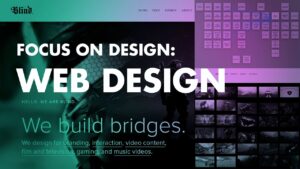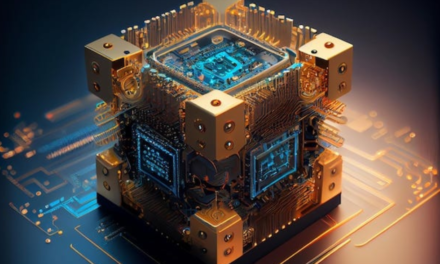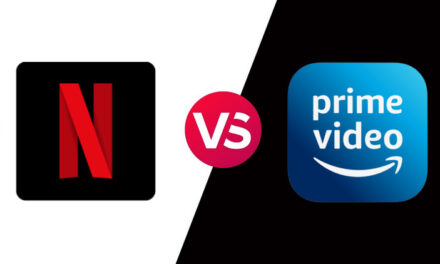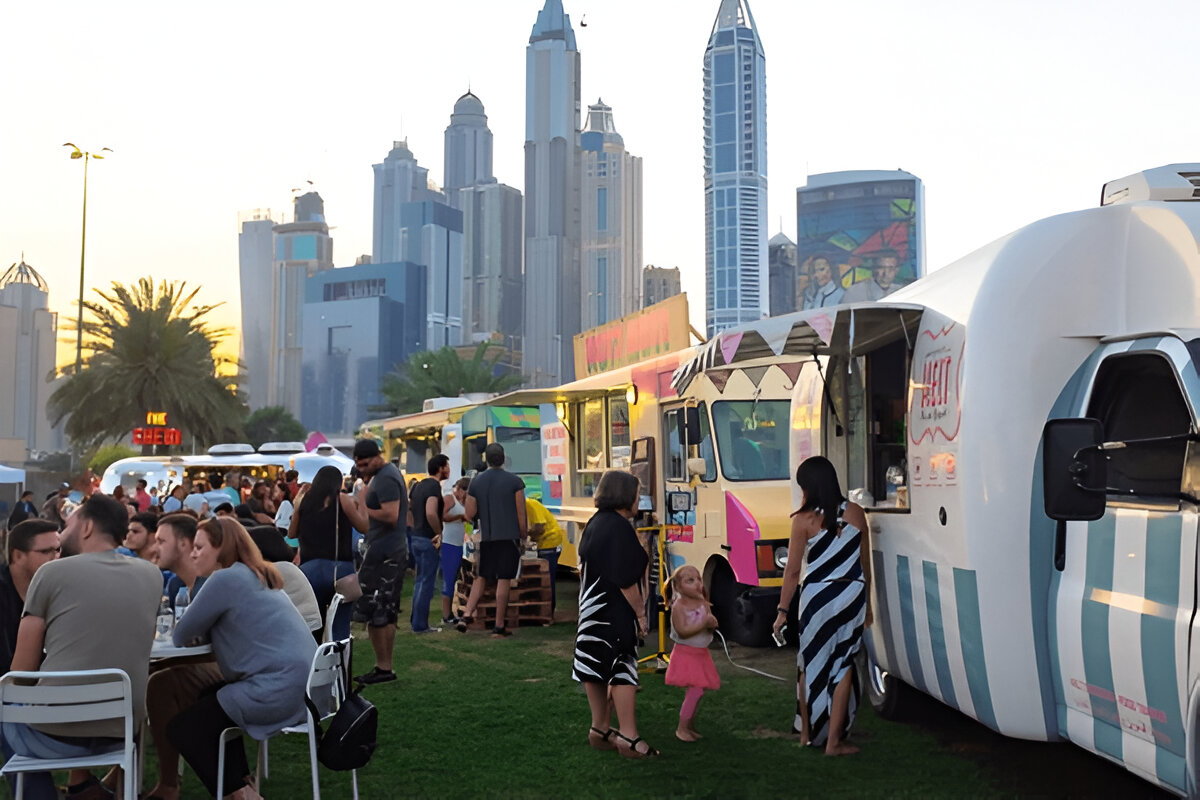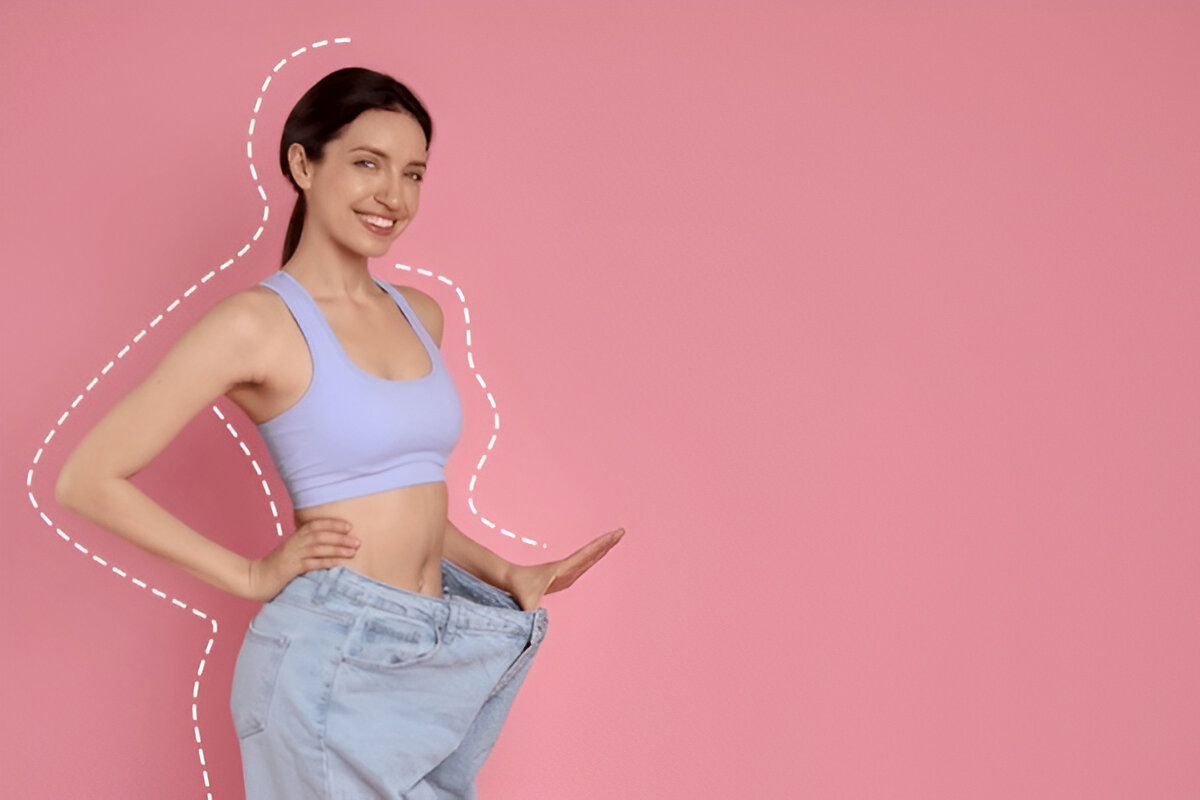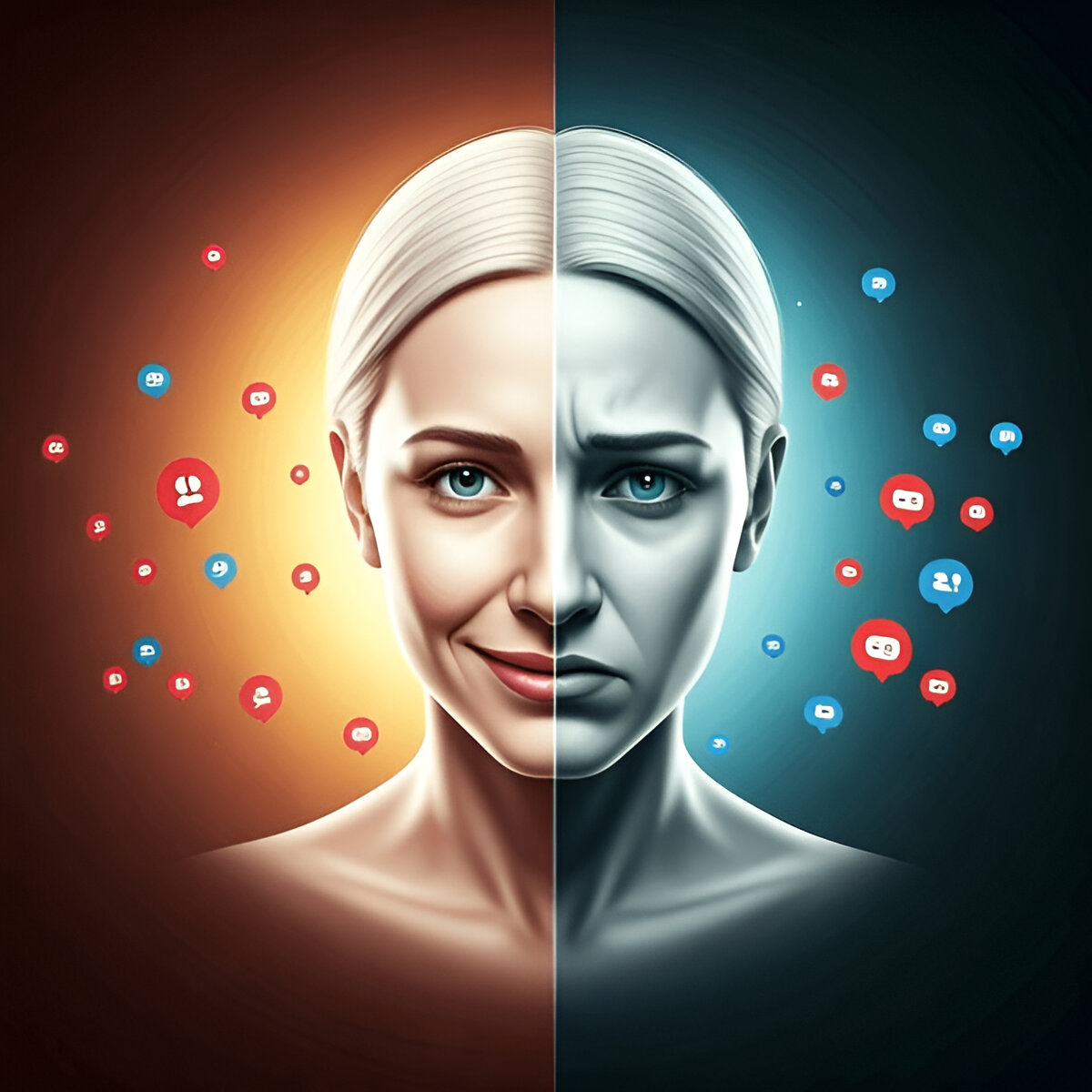WHAT IS GRAPHIC DESIGN?
It is a craft where professionals create visual content to communicate messages. By applying visual hierarchy and page layout techniques, designers use typography and pictures to meet users’ specific needs and focus on the logic of displaying elements in interactive designs, to optimize the user experience.
In Pritish Kumar Halder’s article, you will get complete information about Graphic Design.
Graphic Design is about Molding the User Experience Visually
It’s a term that originated in the 1920s’ print industry Graphics is an ancient craft, dating back past Egyptian hieroglyphs to at least 17,000-year-old cave paintings. It continues to cover a range of activities including logo creation. Graphic design in this sense concerns aesthetic appeal and marketing to attract viewers using images, color and typography.
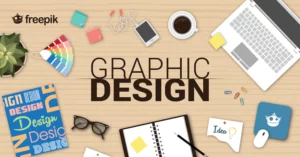
GRAPHIC DESIGN
Aesthetics and usability of designs
However, graphic designers working in user experience (UX) design must justify stylistic choices regarding, say, image locations and font with a human-centered approach. That means you need to focus on—and seek to empathize the most with—your specific users while you create good-looking designs that maximize usability. Aesthetics must serve a purpose in UX design we don’t create art for art’s sake. So, graphic designers must branch into visual design.
When designing for UX, you should:
Consider the information architecture of your interactive designs, to ensure accessibility for users. Leverage graphic design skills to create work that considers the entire user experience, including users’ visual processing abilities. The scope of graphic design in UX covers the creation of beautiful designs that users find highly pleasurable, meaningful and usable.
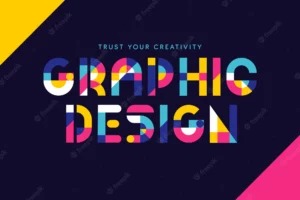
Colorful geometrical letters
Graphic design basics
To better understand the meaning of graphic design, it is important to be aware of the elements and principles that make up design. Elements are used in conjunction or opposition with each other to create visually striking and impactful designs. Further elements include: Color, Form, Line, Shape, Size, Space, Texture.
PRINCIPLES
This creative craft also adhere to the principles of design, which are essentially a set of guidelines that help a design achieve effective composition. These basic principles aid in creating balance and stability for the piece of work. These graphic design principles include:
- Balance
- Contrast
- Emphasis
- Movement
- Proportion
- Rhythm
Elements of graphic design
Elements of art are the basic units of any visual design that form the design’s structure and convey its visual messages. The elements of graphic design are:
Line
The most basic of the design elements. Lines can be curved, straight, thick, thin, two-dimensional, three-dimensional – whatever really! A line is simply an element of design that is defined by a point moving in space.
Shape
A shape is a two-dimensional defined area created by lines. Different types of shapes include geometric, abstract, and organic shapes, all of which are basic elements of design.
Color
Color is one element that is especially important in attracting attention because there is psychology behind the feelings that color can evoke. There are three main characteristics to color: hue (the color family), value (how light or dark the color is), and saturation (the purity of the color).
Typography
Typography is the art of arranging type. This one is critically important as it can greatly affect the design’s messaging. Different weights (bold, regular, or light), combined with varied sizing, colors, and spacing, can add power to the concept the designer is trying to communicate.
Texture
Texture in design refers to how things look like they’d feel if they were to be touched. For example, texture can be rough, smooth, glossy, soft, hard, etc. Texture is another element used to draw attention. It can be added to other elements like shapes, colors, images, and type.
Size
Size is simply how small or large something is. In design, size is used as an indication of importance and it can also create visual interest in a design by using contrasting sizes.
Space
Space refers to the areas of the design that are left blank. These areas include any distance or areas between, around, below, or above other design elements. Designers intentionally place spaces in the design to add emphasis to areas of the design.
Types of graphic design
As mentioned earlier, there is no single graphic design meaning as it is composed of many fields and specializations, ranging from print and web design to animation and motion graphics. Some of the most notable modern-day graphic design examples stem from advancements in technology. Here’s a glimpse of some of these types of graphic design:
Website design
access to the internet involves creating engaging and intuitive web pages for users. This includes overall layout, color scheme and navigation.

User experience (UX) design
this is focused on ensuring a website or application is easy and satisfying to use. These designers emphasize value, usability, adoptability and desirability.
Motion graphics design
animation—brings visual elements to life through special effects, TV shows, video games and movies.
Create your future in graphic design
What is graphic design, exactly? As you’ve just learned, there isn’t a one-size-fits-all definition. There are countless ways to use graphic design to solve business problems or evoke inspiration. It’s up to you to determine what graphic design means to you and your future career.
References
https://www.rasmussen.edu/degrees/design/blog/what-is-graphic-design/

